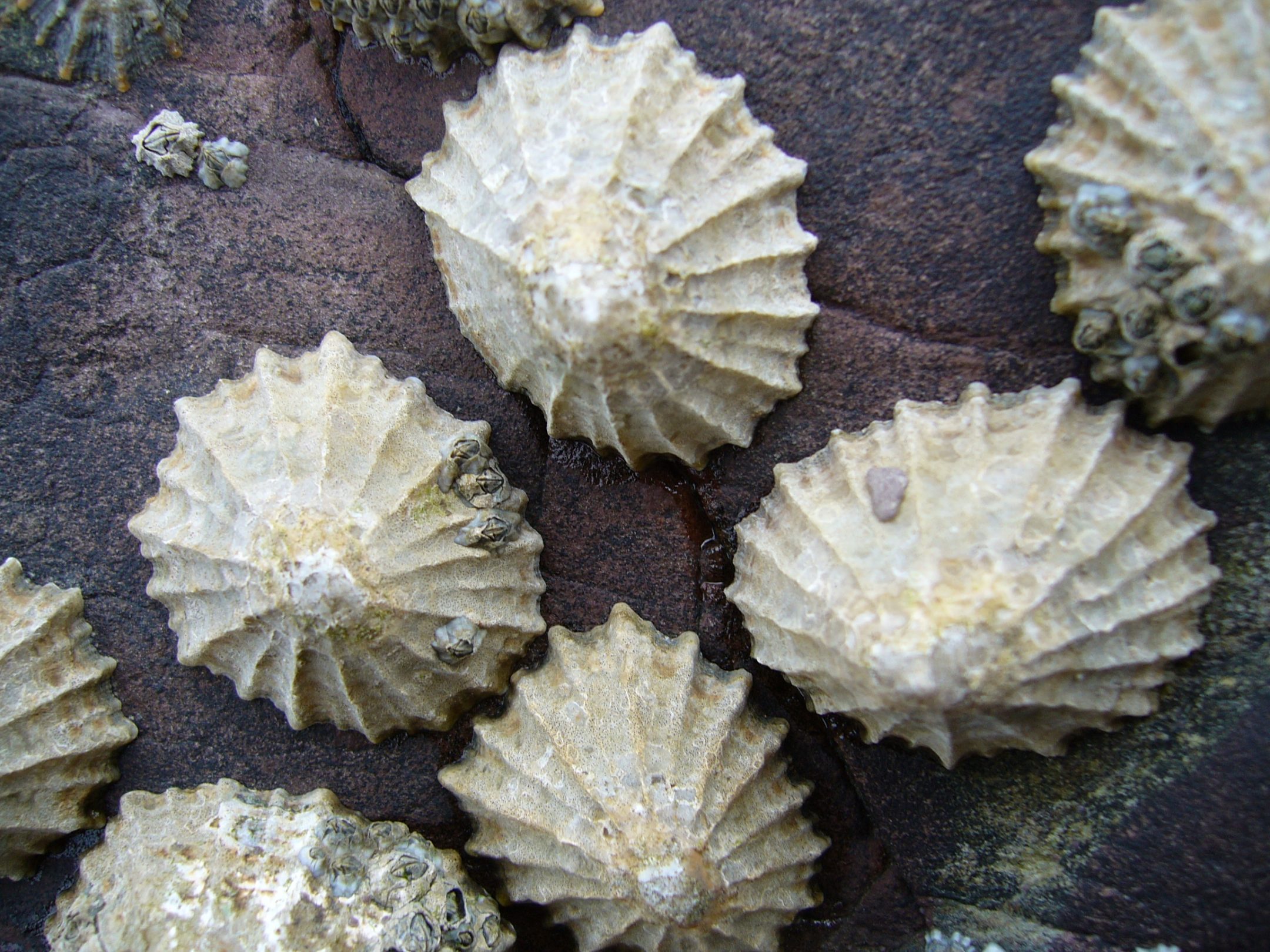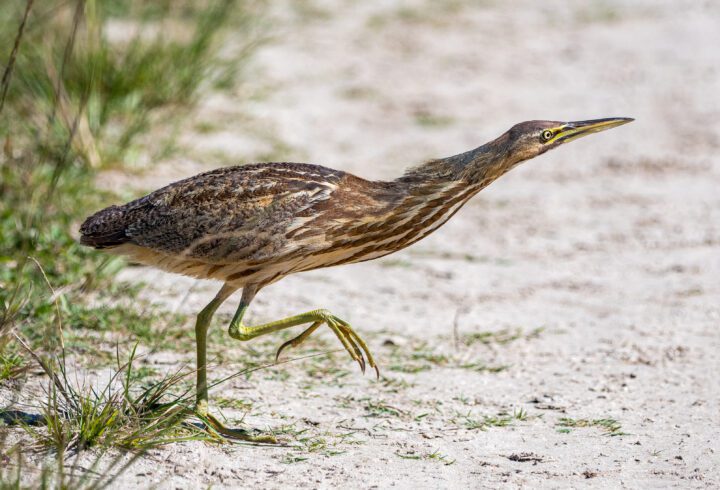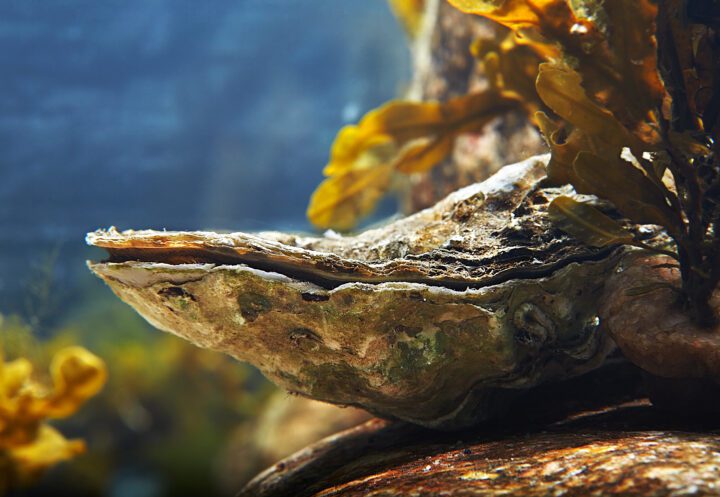The limpet's radular teeth contain iron and silicon, forming a composite structure that enhances mechanical strength and efficiency in scraping algae from rocks.
Introduction
The limpet, a small but resilient marine mollusk, something like a one-shelled clam, or a flatter-shelled snail, thrives in the dynamic intertidal zone, where the ocean meets the land. This remarkable creature clings to rocky surfaces, adapting to the constant ebb and flow of the tide. Its habitat presents a challenging environment, subjecting it to powerful waves, fluctuating temperatures, and the relentless force of ocean currents.
Despite these harsh conditions, the limpet persists, showcasing an array of intriguing adaptations. From its suction-like foot to its rugged shell, the limpet offers valuable lessons in perseverance and adaptability for those who study its remarkable life. Furthermore, beneath its shell lies a specialized feeding structure known as the radula, which plays a crucial role in the limpet’s ability to gather sustenance from the rocky surfaces it calls home.
The Strategy
Limpets feed using a radula, which is a rasping tongue-like organ. The radula of mollusks typically consists of multiple rows of these tiny, chitinous teeth, arranged in a ribbon-like structure. The radular teeth of Patella vulgata exhibit a distinctive mineral composition and distribution, which correlates with their mechanical properties and function.
The cusp, primarily responsible for scraping algae, consists of an iron-rich posterior (rear) region and a silicon-rich anterior (forward) region. The junctional area between the cusp and the base contains a poorly mineralized layer bordering the cusp and an iron-rich layer adjoining the base. The base itself exhibits differentiation, with the upper part richer in iron and the lower part richer in silicon. This composition suggests a strategic arrangement where iron provides strength and durability to the posterior part of the cusp, while silicon may contribute to flexibility and resilience, particularly in the anterior region.
The mineralization process of the radular teeth begins with the secretion of iron and silicon by specialized cells in the radular . Iron is first uniformly distributed throughout the tooth material, reaching concentrations of up to 44%. As the tooth matures, silicon appears, rapidly increasing in concentration in the anterior part of the tooth, displacing iron and leading to differentiated iron- and silicon-rich regions. Electron microscopy studies have revealed a fibrous structure within the tooth, with iron-rich regions interspersed between fibrous bundles, possibly contributing to the tooth’s mechanical strength. Microhardness measurements indicate that the iron-rich posterior region is much harder than the silicon-rich anterior region, suggesting a composite-like structure with silicon-containing fibers embedded in an iron-rich matrix. Ion etching further confirms the presence of hollow fibers, likely composed of silicon, within the tooth structure.
The Potential
Understanding the mineralization and hardness of the limpet’s radular teeth can inspire biomimetic design strategies in various fields. Engineers and material scientists could mimic the hierarchical structure and mineral distribution observed in the teeth to develop robust yet flexible materials for industrial applications. For instance, incorporating iron-rich regions for strength and silicon-rich regions for flexibility could enhance the performance of mechanical components subjected to wear and abrasion. Furthermore, insights from the limpet’s teeth could inform the design of dental materials or coatings for tools and machinery, improving their longevity and efficiency. By emulating nature’s strategies, researchers can develop sustainable and resilient solutions that align with principles of circularity and harmony with the environment.
AI on AskNature
This page was produced in part with the assistance of AI, which is allowing us to greatly expand the volume of content available on AskNature. All of the content has been reviewed for accuracy and appropriateness by human editors. To provide feedback or to get involved with the project, contact us.





